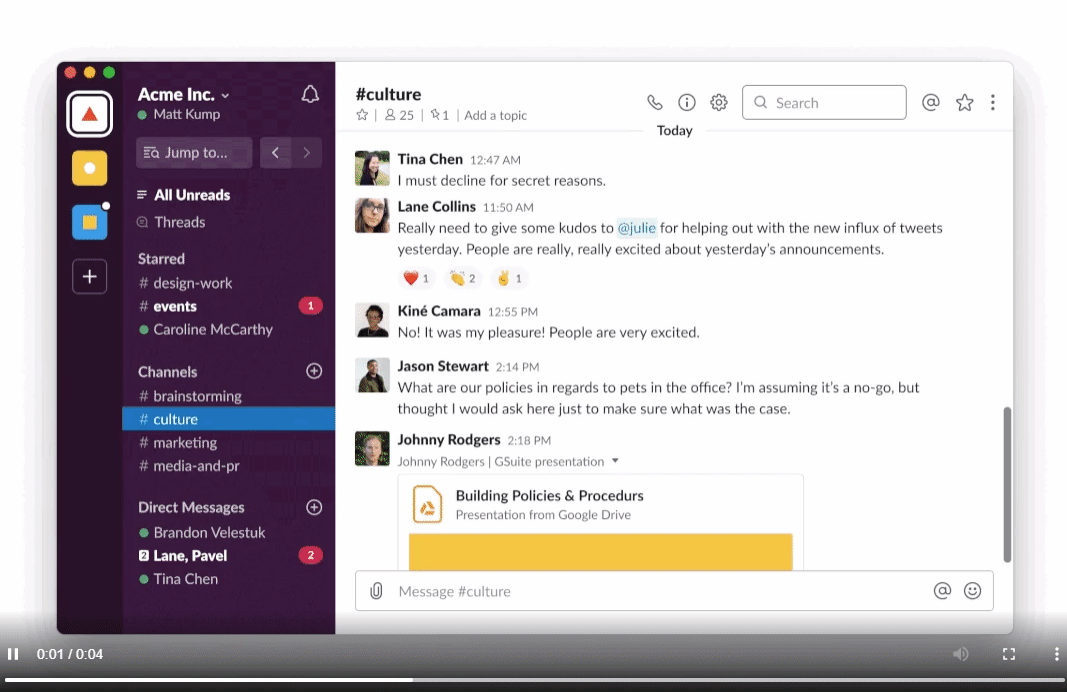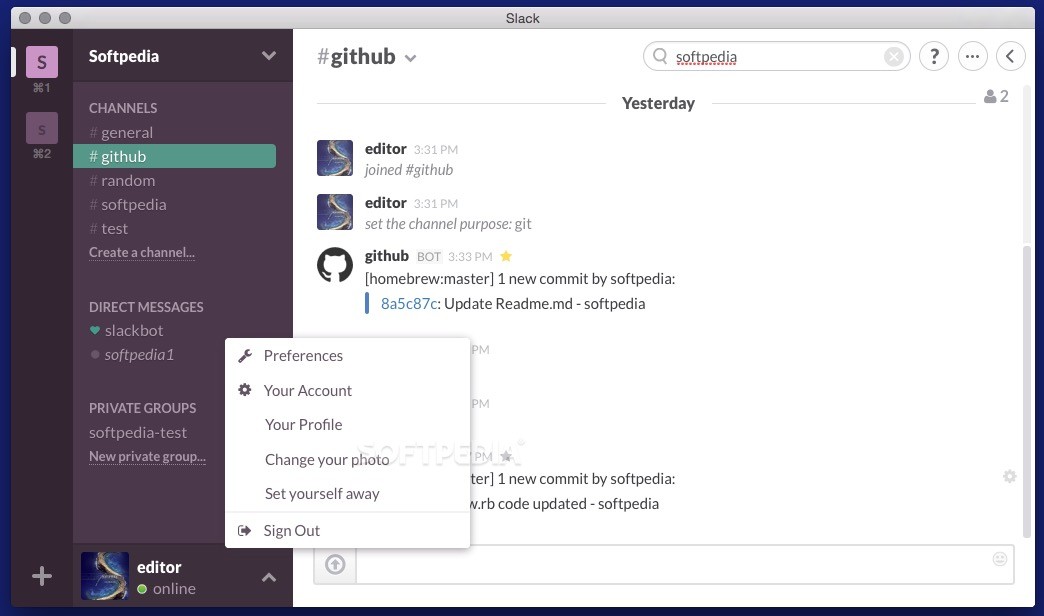


admits that this isn’t the most advanced, professional stuff, but it doesn’t matter. In this way, a user talking to the Slack bot can send it messages which the server forwards to the microcontroller which, in turn, parses the messages and send IR commands to the AC units. The server’s main responsibility is to use Slack’s real-time API to listen for messages from a Slack bot and forward them to the ESP. Using this he could turn both AC units on and off and set their temperatures.įor the server, turned to Clojure, a dialect of Lisp, which provides easy access to the Java Framework, mainly to get practice working with the language. Since their office has two AC units, built a second prototype which had two IR LEDs but didn’t have the IR receiver.

Once he’d figured out the issues he was having with the IR library he was using, he could use it to send the IR commands to the AC unit.

built a prototype of the ESP8266 hardware on protoboard and used it to read and record the IR signals from the remote. came up with a solution that uses an ESP8266, a computer, IR LEDs, and a bot that runs on Slack. Sure, they have remotes, but that’s too easy. needed a better way to control his office’s air conditioning units. Posted in Beer Hacks Tagged beer, keezer, kegerator, liquid flow sensor, mqtt, raspberry pi, slack, twitter If the build had stopped there, it would have been a great project as-is, but added twitter, Slack and MQTT outputs as options, so that a home automation system (or the entire internet) can tell how much and when you’ve been drinking and, more importantly, you can know how much is left in your kegs! There are some very cool keg cooling builds on the site, such as, a kegerator built from the ground up, and a very elegant kegerator built on the cheap check them out for ideas! There’s also a temperature sensor in the freezer, so that you can tell how cool your beer is. After some calibration, the Python code running on the Pi can calculate a pretty close estimate of the amount of liquid poured. Inside the freezer is the Ra spberry Pi and four flow sensors, each one connected to a GPIO port on the Pi. However, taking the granite off in order to get at the kegs inside takes some time (about 20 minutes.) The top of the freezer has nice granite tiles covering it, and some LED accent lighting adds to the end product. Starting with a chest freezer, built a nice wooden surround as well as installed a tower on top to hold the faucets. A series of flow sensors determine how much liquid has passed through them and, when the drink is poured, can calculate how much you poured and how much you have left. Installed in a Keezer (a freezer that contains beer kegs and faucets) ’s dispenser uses a Raspberry Pi to keep track of things. Over the past few years, Reddit user has created Boozer, a DIY beer dispenser that keeps track of how much of your brew you have left in your kegs.


 0 kommentar(er)
0 kommentar(er)
